Description
Introduction
Mercury, known by the symbol Hg and atomic number 80, is a heavy metal that is liquid at room temperature. It has been utilized in various applications, including thermometers, barometers, electrical switches, and dental amalgams. However, mercury is also a potent neurotoxin that poses significant health risks to humans and the environment.
History
Mercury has been known since ancient times, used by civilizations such as the Egyptians, Chinese, and Greeks for medicinal and alchemical purposes. Its toxic effects were documented as early as the 18th century when hat makers used mercuric nitrate in the production of felt, leading to the term “mad as a hatter” due to mercury poisoning.
Types of Mercury Compounds
Mercury exists in several forms, each with varying levels of toxicity:
- Elemental Mercury (Hg): The pure form, found in thermometers and dental amalgams. It is less toxic when ingested but highly toxic when inhaled as vapor.
- Inorganic Mercury Compounds: Salts of mercury, such as mercuric chloride, which can be toxic when ingested or absorbed through the skin.
- Organic Mercury Compounds: Methylmercury and ethylmercury are among the most toxic forms, primarily found in contaminated fish and industrial pollutants. Methylmercury accumulates in the food chain and poses severe risks to both humans and wildlife.
Mechanism of Toxicity
Mercury’s toxicity is primarily due to its ability to bind with sulfur-containing proteins in cells, disrupting cellular function and leading to damage in various organ systems, particularly the nervous system.
- Neurotoxicity: Mercury can cross the blood-brain barrier, causing damage to neurons and glial cells. This can lead to cognitive impairments, memory loss, and emotional disturbances.
- Kidney Damage: Inorganic mercury can accumulate in the kidneys, leading to nephrotoxicity and renal failure.
- Immune System Effects: Mercury exposure can lead to immune dysfunction and increased susceptibility to infections.
Lethal Dose
The lethal dose of mercury varies depending on its form. For elemental mercury, inhalation of vapor concentrations above 0.1 mg/m³ can lead to toxicity. Methylmercury has a much lower lethal dose, with acute doses as small as 1 mg/kg body weight being potentially fatal.
Symptoms of Poisoning
Symptoms of mercury poisoning can be acute or chronic and may include:
- Neurological Symptoms: Tremors, insomnia, memory problems, irritability, and numbness.
- Gastrointestinal Symptoms: Abdominal pain, diarrhea, and nausea.
- Respiratory Symptoms: Coughing, difficulty breathing, and chest tightness in cases of inhalation exposure.
- Renal Symptoms: Changes in urination, swelling in the legs and feet due to kidney damage.
Time Needed to Kill
The time from exposure to fatality varies widely based on the form of mercury and the dose. Acute inhalation of elemental mercury can lead to death within days if left untreated. In contrast, chronic exposure to methylmercury may take years to result in severe health effects.
Detection in Autopsy
Mercury can be detected during an autopsy through tissue analysis. Tests may include:
- Tissue Sampling: Analysis of organs (especially the kidneys and brain) for mercury content.
- Blood Tests: To measure mercury levels in the bloodstream.
Detection methods include atomic absorption spectrometry or inductively coupled plasma mass spectrometry, both of which are sensitive and can detect mercury at very low concentrations.
Antidote
There is no specific antidote for mercury poisoning; treatment focuses on supportive care and removing the source of exposure. Options may include:
- Chelation Therapy: Agents like dimercaprol or succimer may help remove mercury from the body, particularly in cases of inorganic mercury exposure.
- Supportive Care: Management of symptoms and complications, such as renal failure or neurological symptoms.
Conclusion
Mercury is a highly toxic metal with significant health risks. Awareness of its effects and careful management of exposure is essential for prevention and treatment of mercury poisoning.

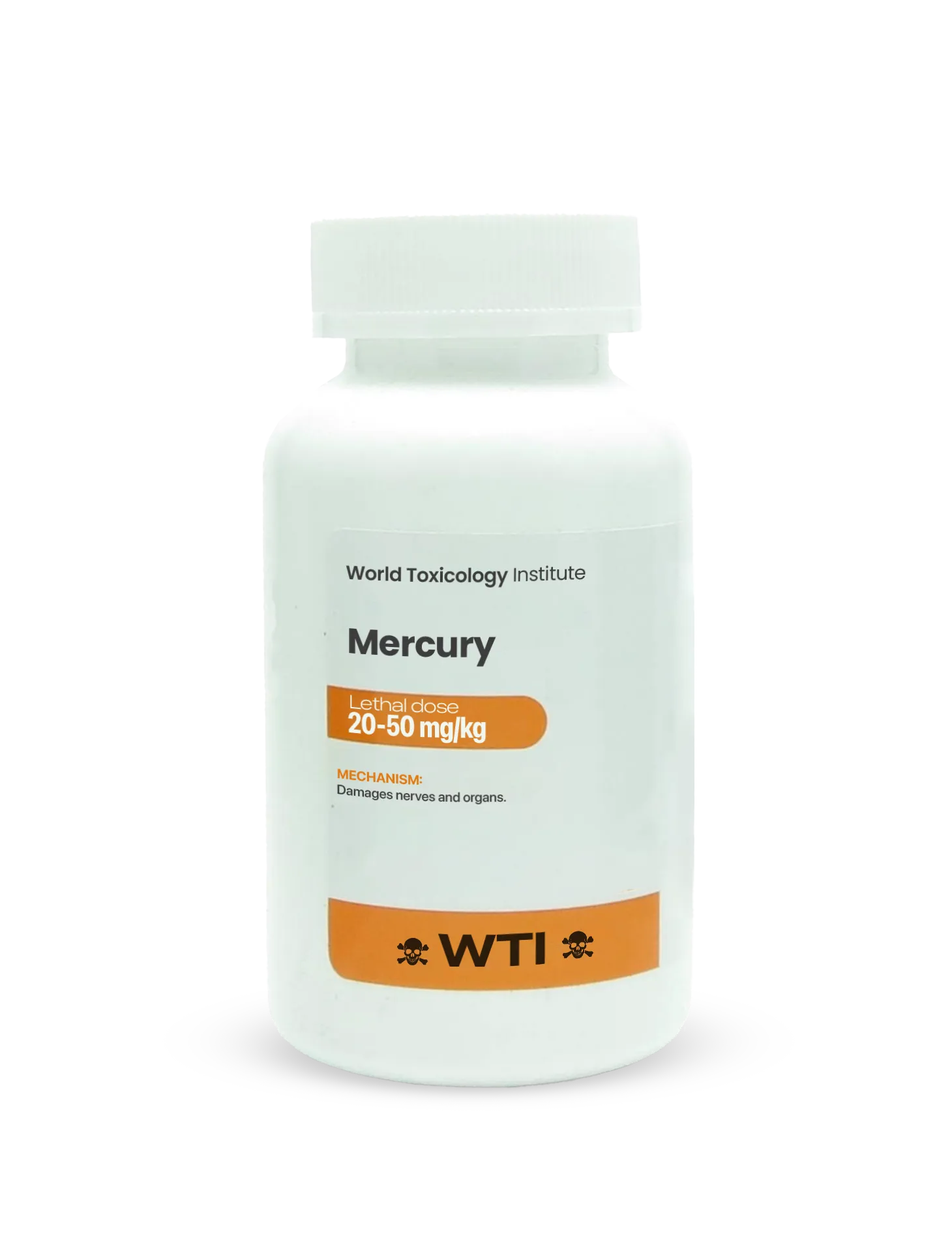
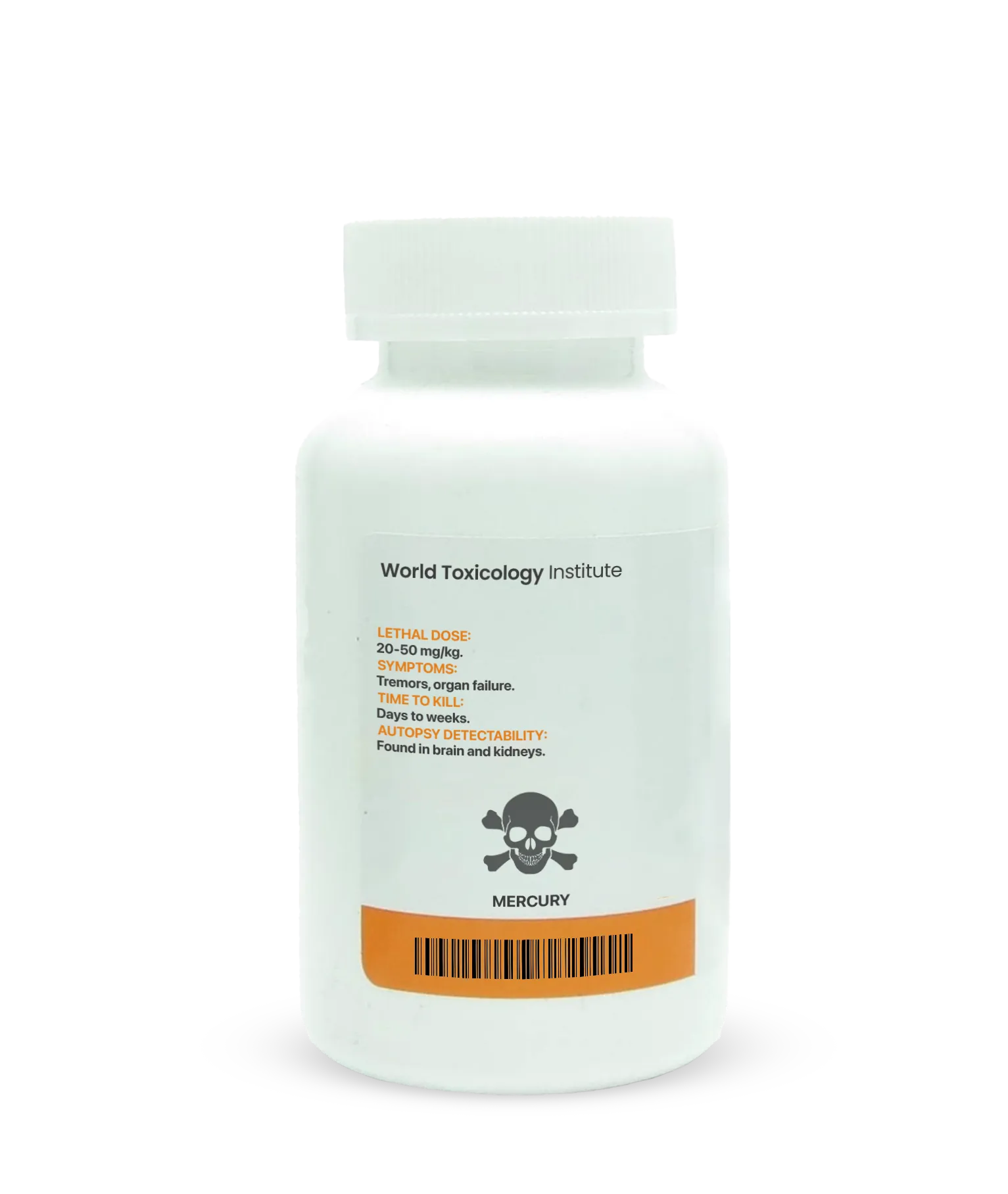

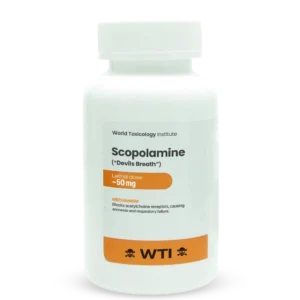

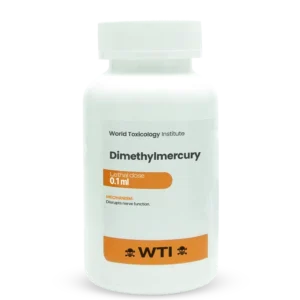
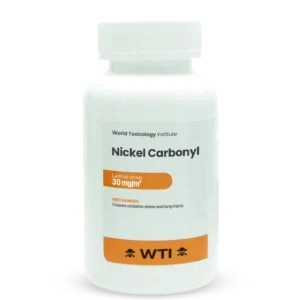
Reviews
There are no reviews yet.